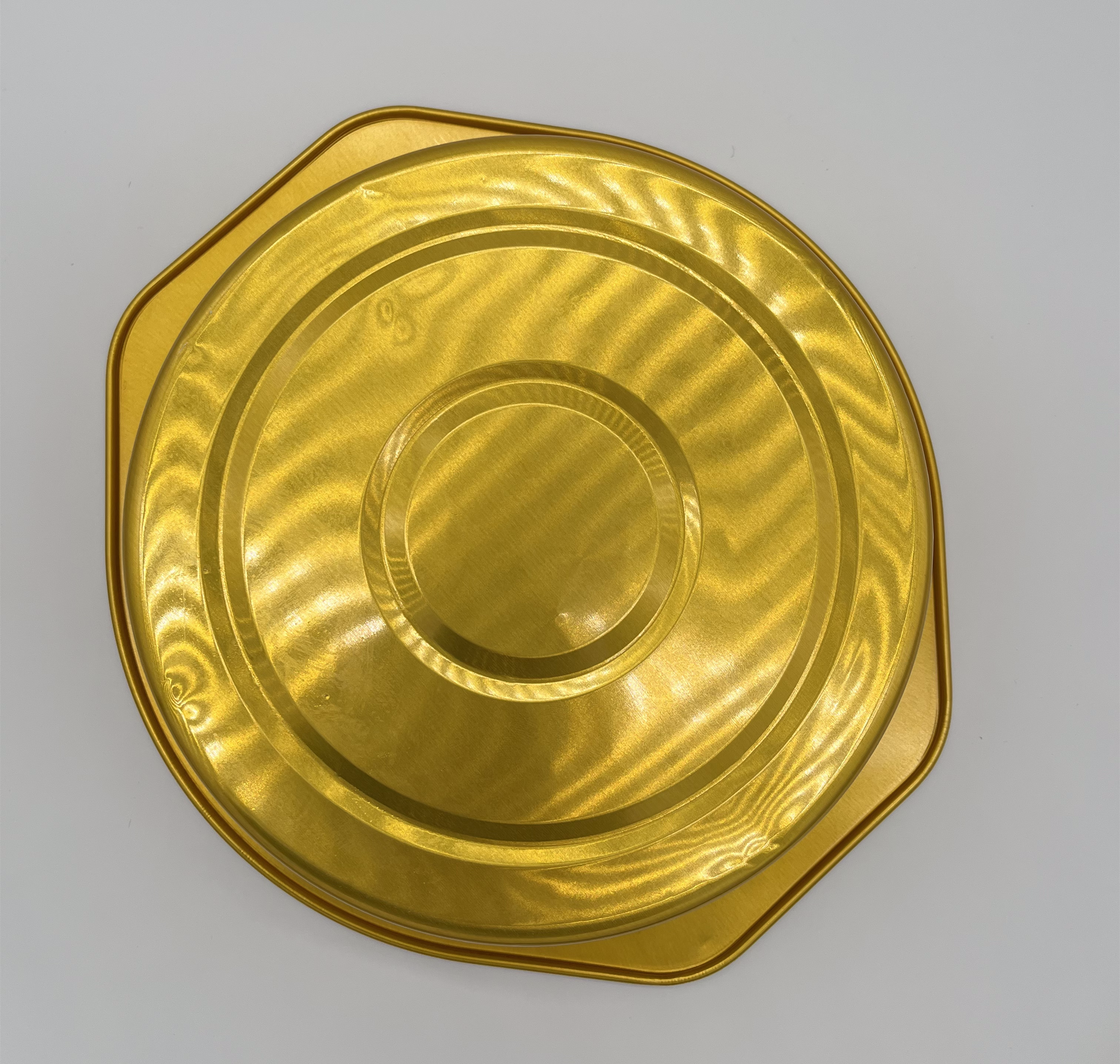Aluminum is a common material for food storage and transportation. It is an environmentally friendly option because it does not create waste like other materials. Aluminum also does not rust, which means that it can last for a long time in the food supply.
The technology behind the aluminum box for food starts with the creation of a mold. The mold is used to create the shape of the aluminum box. The aluminum is then heated to around 1,000 degrees Fahrenheit so that it can be pliable and fit into the mold. After the aluminum is molded, it is coated with a sealant that helps keep moisture out and makes it resistant to bacterial contamination.
The finished aluminum box has a number of benefits over traditional food storage containers. First, it is lightweight, which makes it easy to transport. Second, aluminum does not rust or leach chemicals into food, which means that it can last for a long time in the food supply. And finally, because aluminum doesn’t absorb heat as other materials do, the contents of the box will stay cool even during hot weather conditions.
The aluminum boxes for food in Canlids can be used for cheese, cake, fruit pie, pudding, and other baked goods. What’s more, they are colorful and functional. They can be used for microwave heating, open-fire heating, and low-temperature freezing. No matter what you are going to use an aluminum box for, Canlids can always satisfy you.

The Technology Behind Aluminum Boxes for Food
Aluminum boxes are becoming more popular for food storage because they are lightweight, inexpensive, and have a long lifespan. Aluminum is a good conductor of heat and cold, so the metal is ideal for storing food in cold climates. Aluminum also doesn’t react with foods as paper or plastic does.
To produce an aluminum box, a sheet of aluminum is rolled into a cylinder. The ends of the cylinder are then cut off so that the aluminum is now shaped like a box. In order to create an airtight seal, the edges of the aluminum box are folded inward several times. Finally, a layer of epoxy is spread over the entire surface of the aluminum box, and then it’s sealed with another piece of aluminum.
The biggest downside to using aluminum boxes for food storage is that they can be heavy-duty and expensive. Plus, they need to be kept clean to avoid contaminating your food.
Conclusion
The aluminum box for food is a relatively new technology that has been gaining popularity in recent years. The main advantage of using an aluminum box for food storage is that it is environmentally friendly and doesn’t use any harmful chemicals. Another benefit of the aluminum box for food storage is that it can be sealed effectively to keep foods fresh and free from pests and bacteria.

